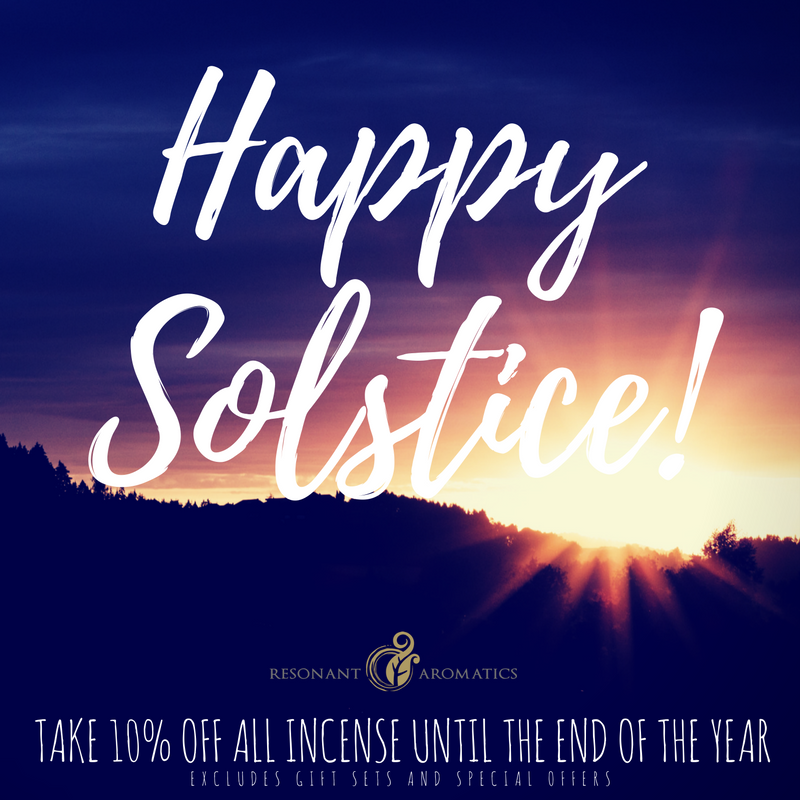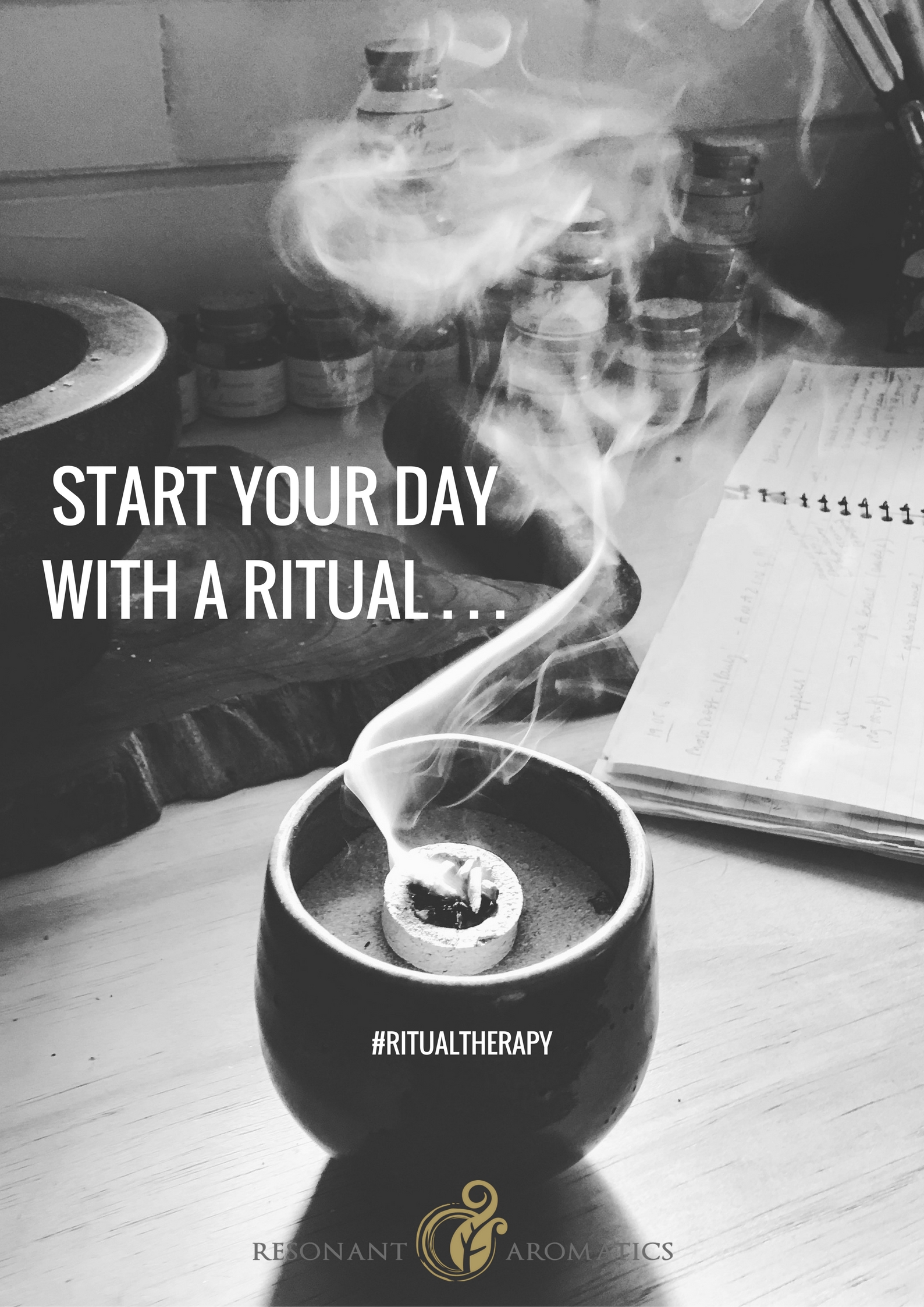
This year’s Summer Solstice occurs at 9.44pm AEST on Wednesday 21st December 2016. That’s all well and good but what does it mean and how can we mark it?
The graceful movement of the planets, stars, Sun and Moon is continually in flux above us, and was closely monitored by ancient civilisations from the Mayans to the Pagans. Anyone observing the skies would have noticed key moments such as the new moon, full moon, movement of comets and meteorites, solar and lunar eclipses and equinoxes and solstices. An innate desire to honour, celebrate and worship these astrological alignments were the reasons so many temples and structures, unfathomable feats of human engineering, were built: Stonehenge in England, Chichen Itza in Mexico, Karnak Temple in Egypt among many others. Across the ancient world, the sun was revered as a majestic giver of life.
Ancient civilisations were very aware that humanity was part of a larger picture that included and was strongly influenced by the natural world. Accordingly, it was understood that these moments of alignment held an energetic intensity; a potency, that could be felt, tapped into and utilised to create changes in one’s external and internal world and bring about more harmony within one’s life.
Solstices occur twice a year – in winter and in summer, and are the points when the sun is either the furthest south or furthest north from the equator; thus creating the longest or shortest day (daylight hours) of the year. In the Northern hemisphere, 21st December marks the Winter Solstice, whereas in Australia, in the Southern hemisphere, we arecelebrate the Summer Solstice. Summer Solstice is the longest day of the year and is thought to mark the height of Summer; a time when crops are ripening and flowers blooming. As such, this Solstice is viewed as a life-affirming celebration of light, vitality, power, prosperity, passion, desire, creativity and strength.
The word ‘solstice’ is derived from the Latin word solstitium, from ‘sol’ meaning ‘sun’ and ‘sistere’ meaning ‘to stand still’; perhaps insinuating a marking of the solar phase by the pause of our day-to-day activities to observe not only the sun but ourselves – our internal world and our place within our community, society and greater world. The Summer Solstice offers a time to stand still for a moment, to take stock of our lives and embrace this opportunity for self-development, spiritual nourishment and growth.
There are innumerable ways we can tap into the ancient tradition of honouring the solstice. Five suggestions are described below. Comment to let us know how you plan to celebrate!
Blessings to you this Solstice!
References:
https://naha.org/naha-blog/making-and-using-flower-essences/
http://www.sacred-space.com.au/making-a-flower-essence-sun-method/
http://www.history.com/news/history-lists/summer-solstice-traditions




